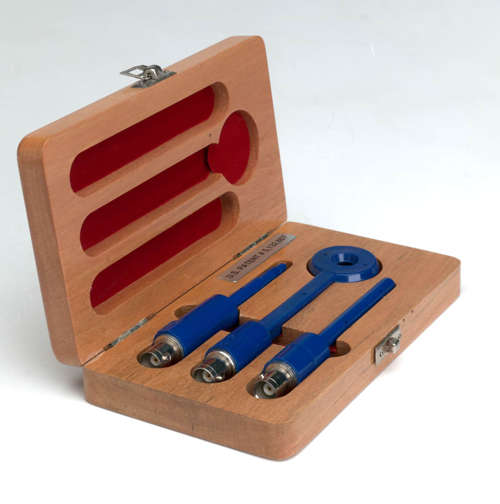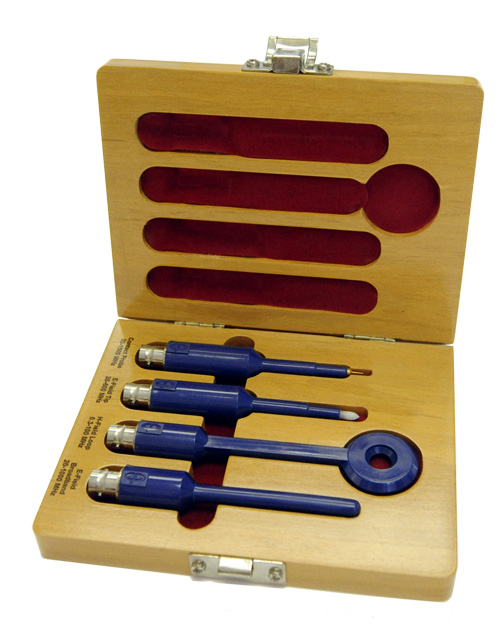During EMI compliance measurements, the emissions levels from products are compared with these limits. If the product exceeds these limits it is considered failing. These tests are typically conducted in a open area test site IOATS) or inside an anechoic chamber.
If the product is failing, cause of the the higher emissions must be investigated and fixed to make the product compliant. To find the EMI emission source may require making measurement closer to the circuit. This is is not possible using an antenna. Near-field magnetic (H-field) and electric (E-field) probes let you "sniff" around the circuits, cables, and enclosures to find the source.
H-field probes use a conductive loop to detect magnetic fields produced by clock signals, serial data streams, control signals, and switching power supplies. You can often uncover the source of EMI emissions with near-field probes.
Near field probes are only sensitive to sources at close proximity. They are generally immune to background noise or hand position. Once emission source has been located, the appropriate fix can be implemented to reduce emissions. Since the near field probe measurements do not provide any indication of compliance, the measurement must be retaken with an antenna at the specified distance. Near Field Probe measurement do not take into account any other contributors to higher radiated emissions levels at the specified distance. In addition, Near Field Probes can be a valuable tool for troubleshooting EMI problems at the factory. They do not require any special calibrated test facility.
Once you've made your baseline measurements at a EMI Lab to determine failing frequencies, you can take the product back for troubleshoot at the factory. You can experiment with design modifications and repeated near-field measurements to reduce the emission levels. Once the emissions levels successfully reduced, the product can be taken back to the EMI lab for additional compliance measurements. This process will reduce the cost of the overall product compliance process.
The PS-400 sets consists of two E-Field probes and a H-Field Loop probe. One of the two E-field probes is patented. It has a fine tip that allows noise measurement of pins on ICs and traces as narrow as 3 mils on a printed circuit board. The other E-field stub probe is used to find the vicinity of the highest emissions levels on the board. Once the approximate location of the possible emission sources of is detected using the stub probe, the fine tip probe can assist the test engineer to pinpoint the exact circuit that is radiating the noisy signal.
In addition to the probes included in the PS-400 probe set, the PS-500 near field probe set includes a probe with a fine metal tip that allows contact with circuit being probed to measure levels directly on the trace. Get a Quote Both probe sets are supplied in a custom wooden case. An optional PAP-501 Preamplifier can be purchased with probe set to improve measurement sensitivity This preamplifier has 20 dB nominal gain from 10 MHz - 1000 MHz. It is powered by external DC wall mount adapter.
Contact Us
Get a Quote


